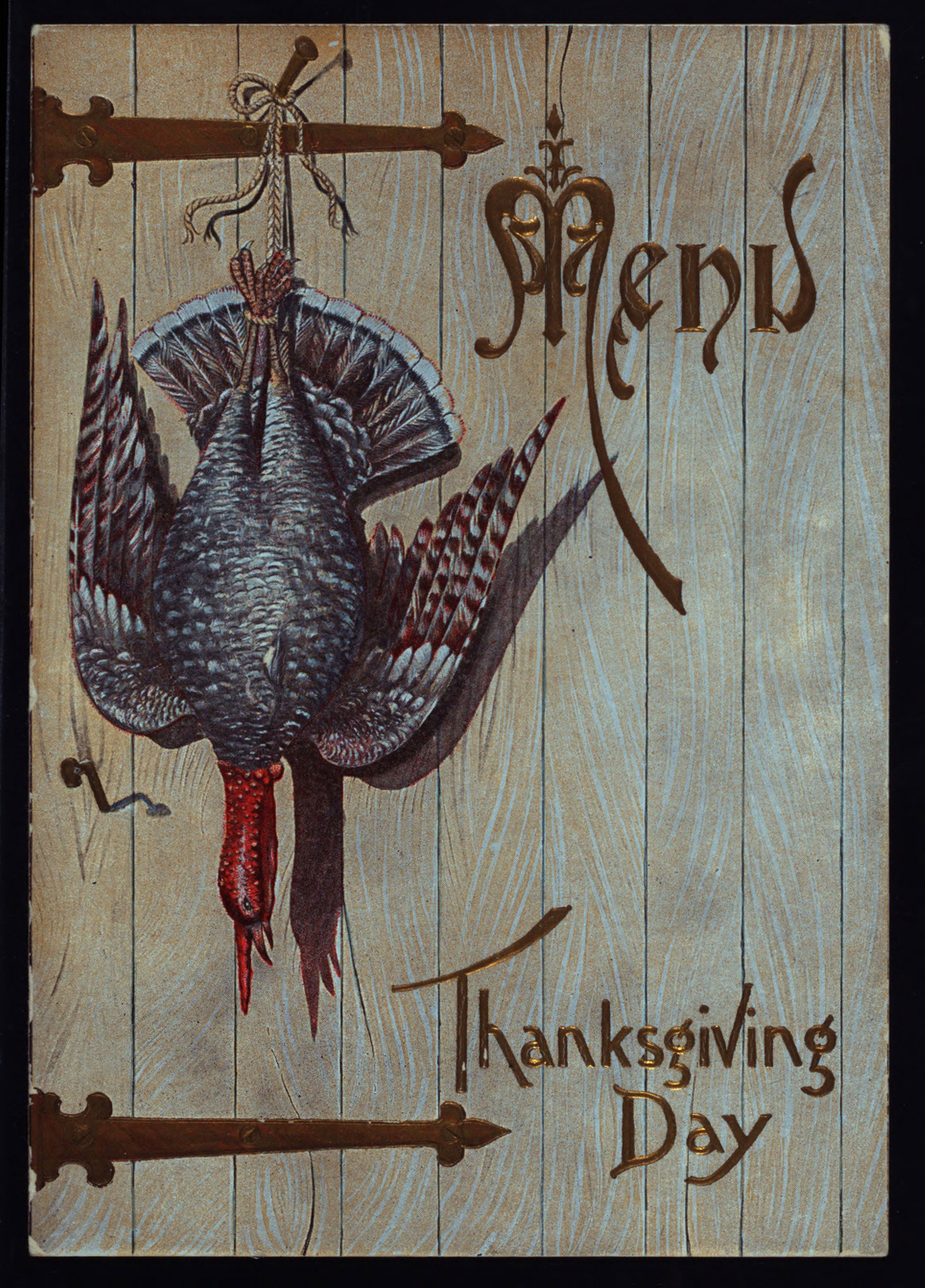
These days, the typical American Thanksgiving menu is pretty standardized: turkey, stuffing, potatoes, pie. Back in 1899, when the holiday’s status as a national observance was still relatively new, those dishes were already being consumed but holiday menus of the time could show a little variety. For example, on Nov. 30, 1899, at the Plaza Hotel, you could get turkey stuffed with chestnuts for $0.75—or sweetbreads, cooked “Parisienne” style, for a dollar.
Other holiday standouts from history include fried rabbit ($0.25) from NYC’s M.F. Lyons Dining Room in 1906, a “frozen Tom and Jerry” (like eggnog, for $0.05) at Boston’s Quincy House in 1899 and more turtle soup than you could shake a wishbone at.
That Plaza menu is just one of many historical bills of fare that have been digitized by the New York Public Library’s “What’s on the Menu?” project. The Library has 45,000 menus dating as far back as the 1840s, but because the calligraphy and typography is often impossible for a computer to read, their text sat un-digitized until recently. Recently however, with help from the National Endowment for the Humanities, the Library has been able to set up a website through which volunteers can manually transcribe the menus and enter the info into their database. In its first three months, 9,000 menus were transcribed—and that number has since nearly doubled.
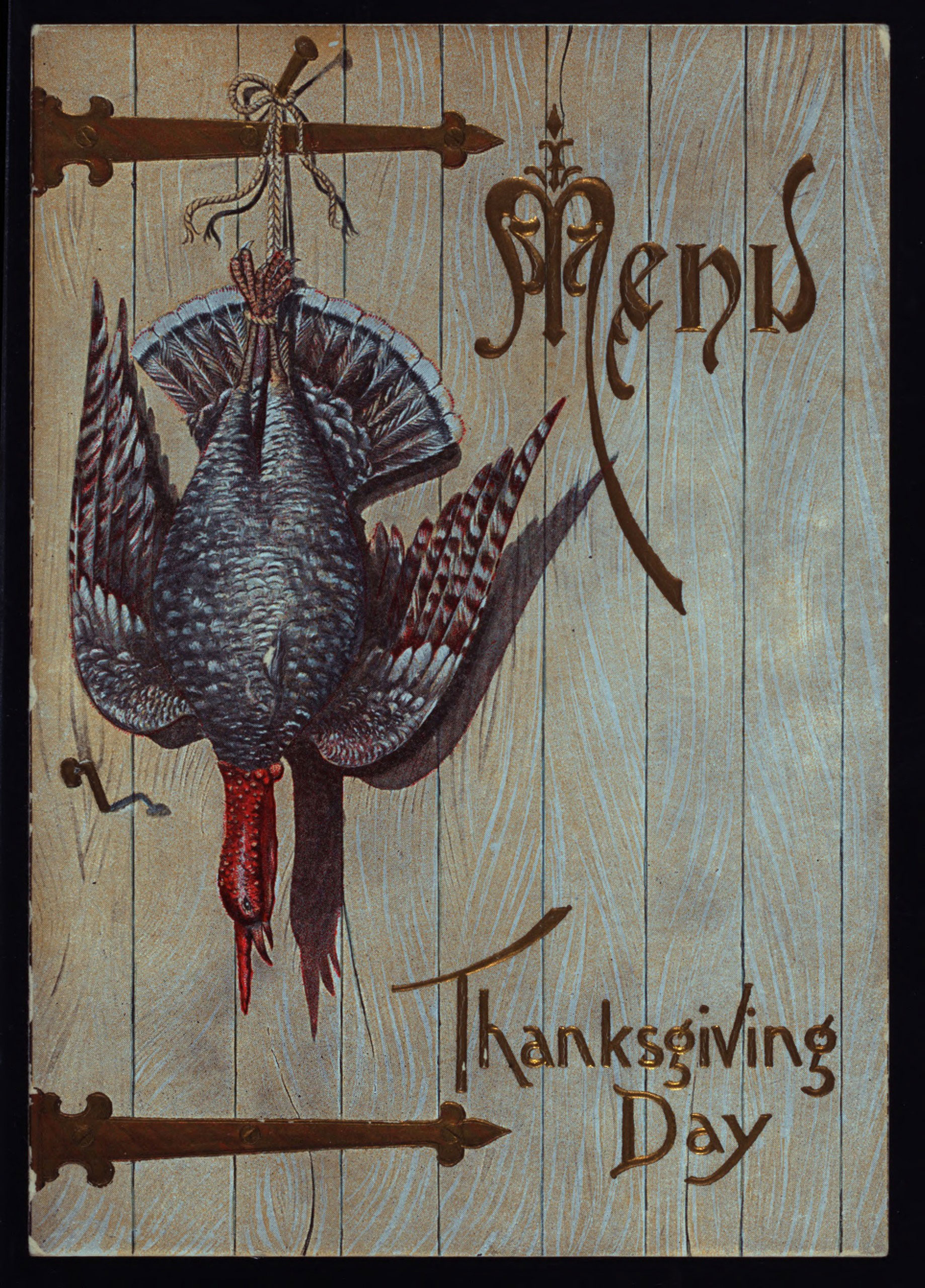
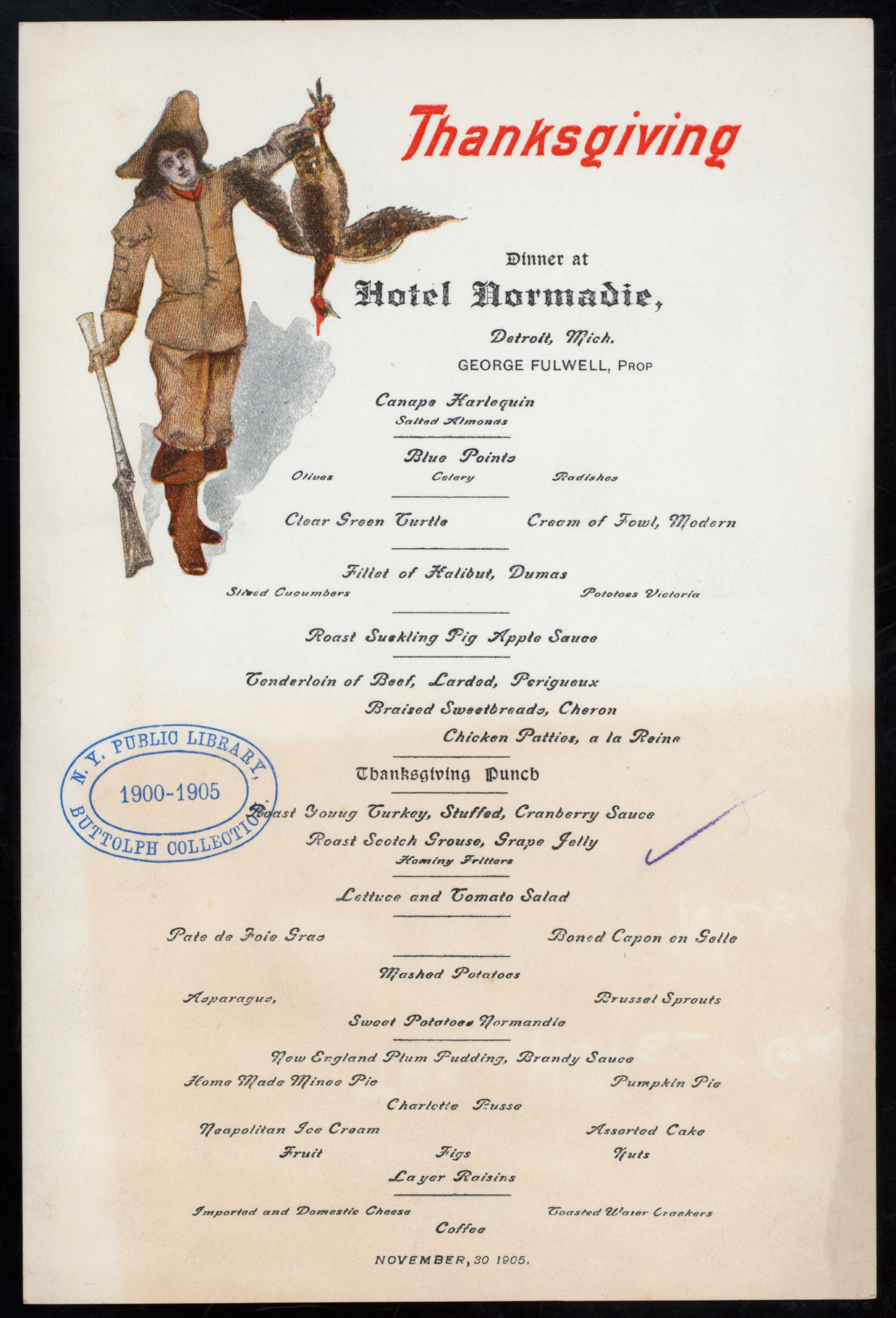
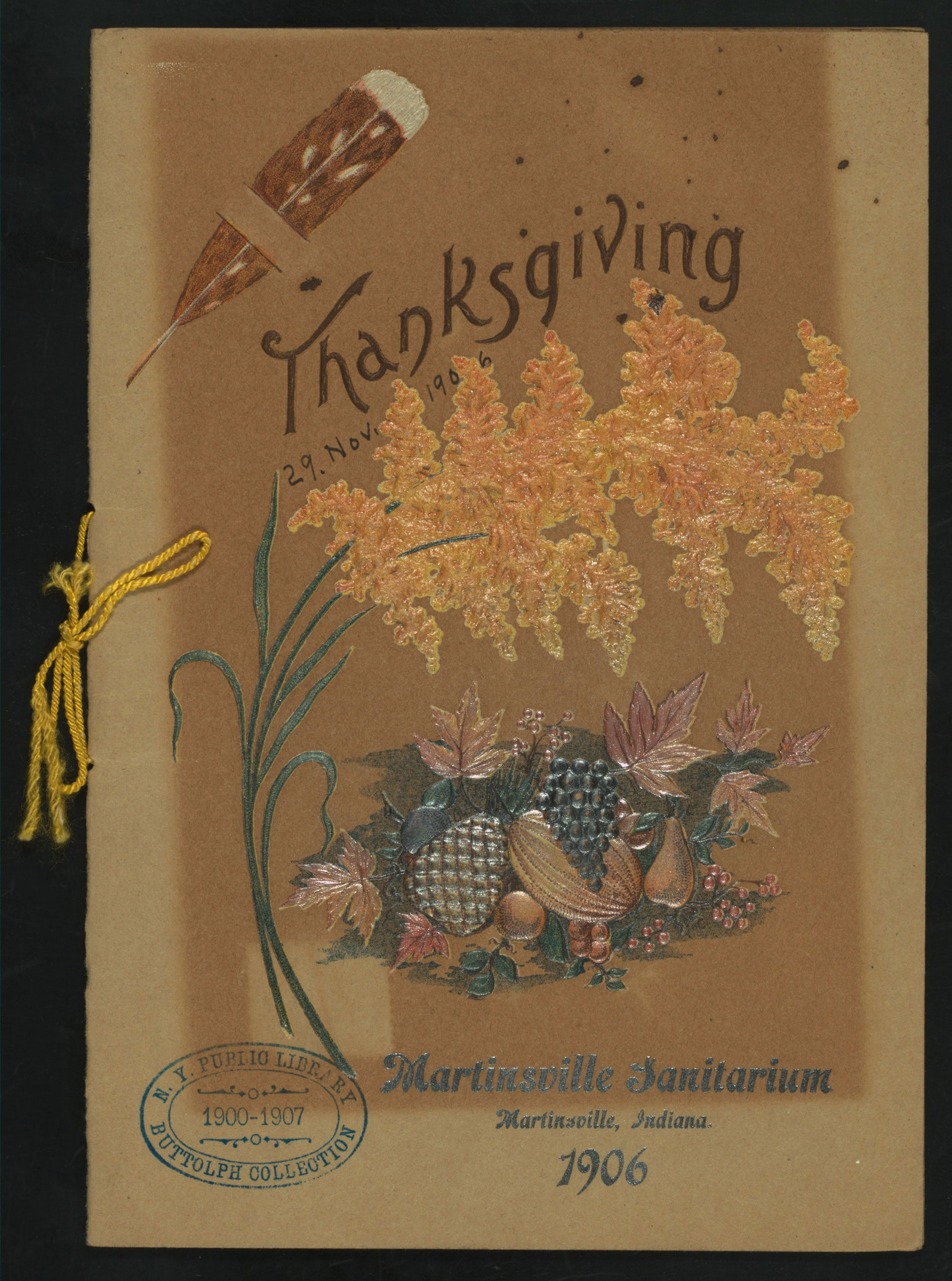
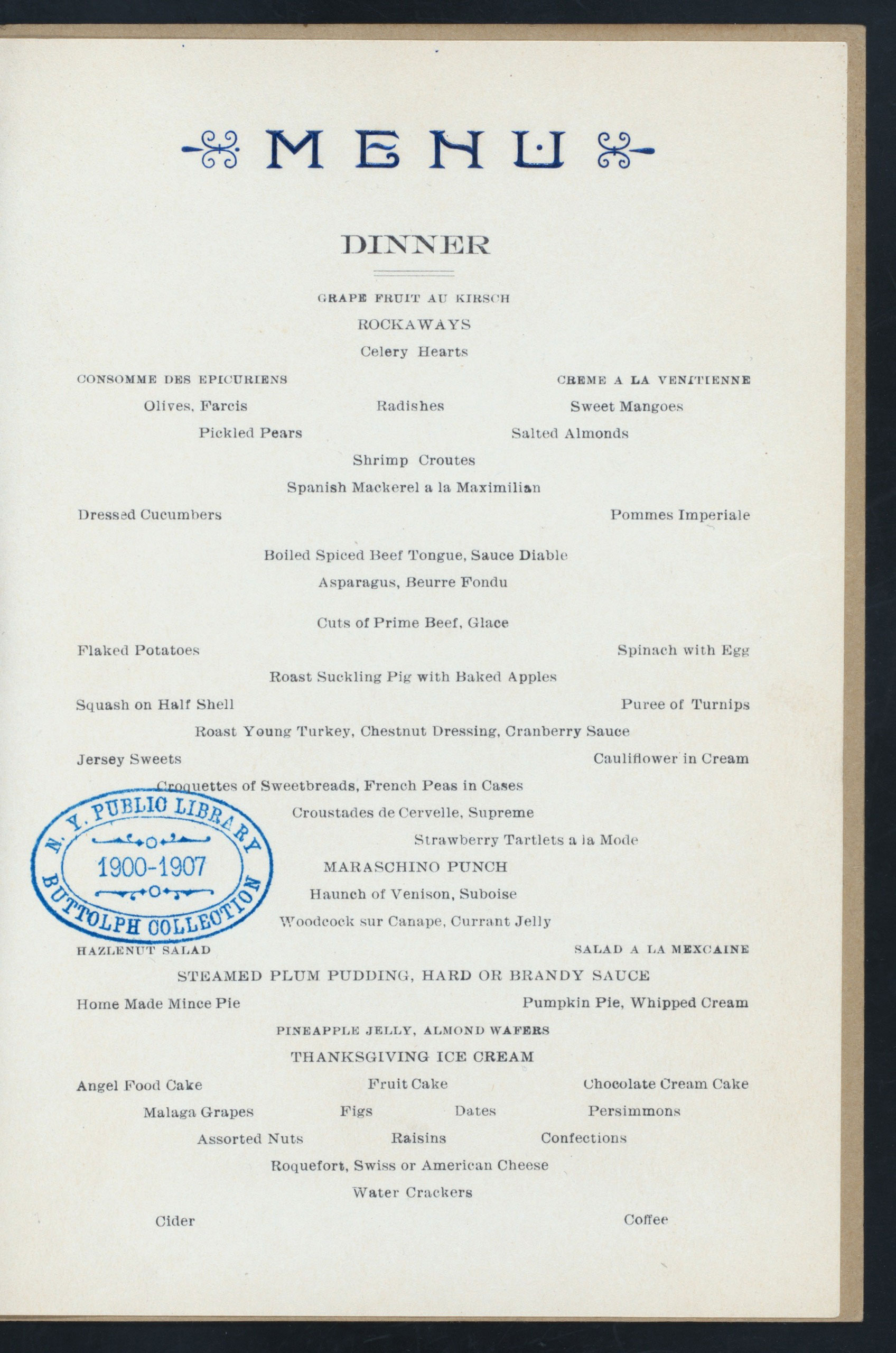
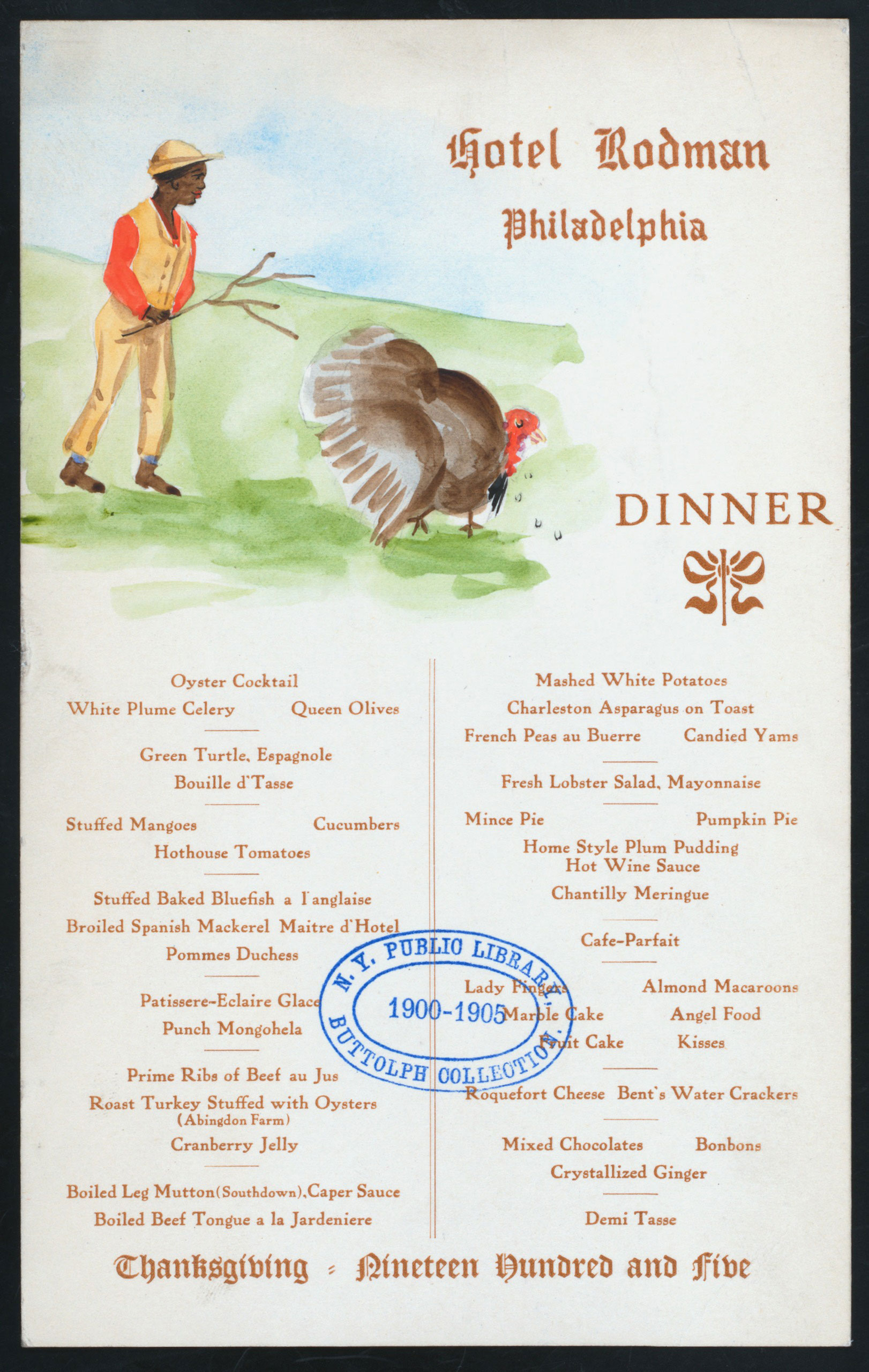
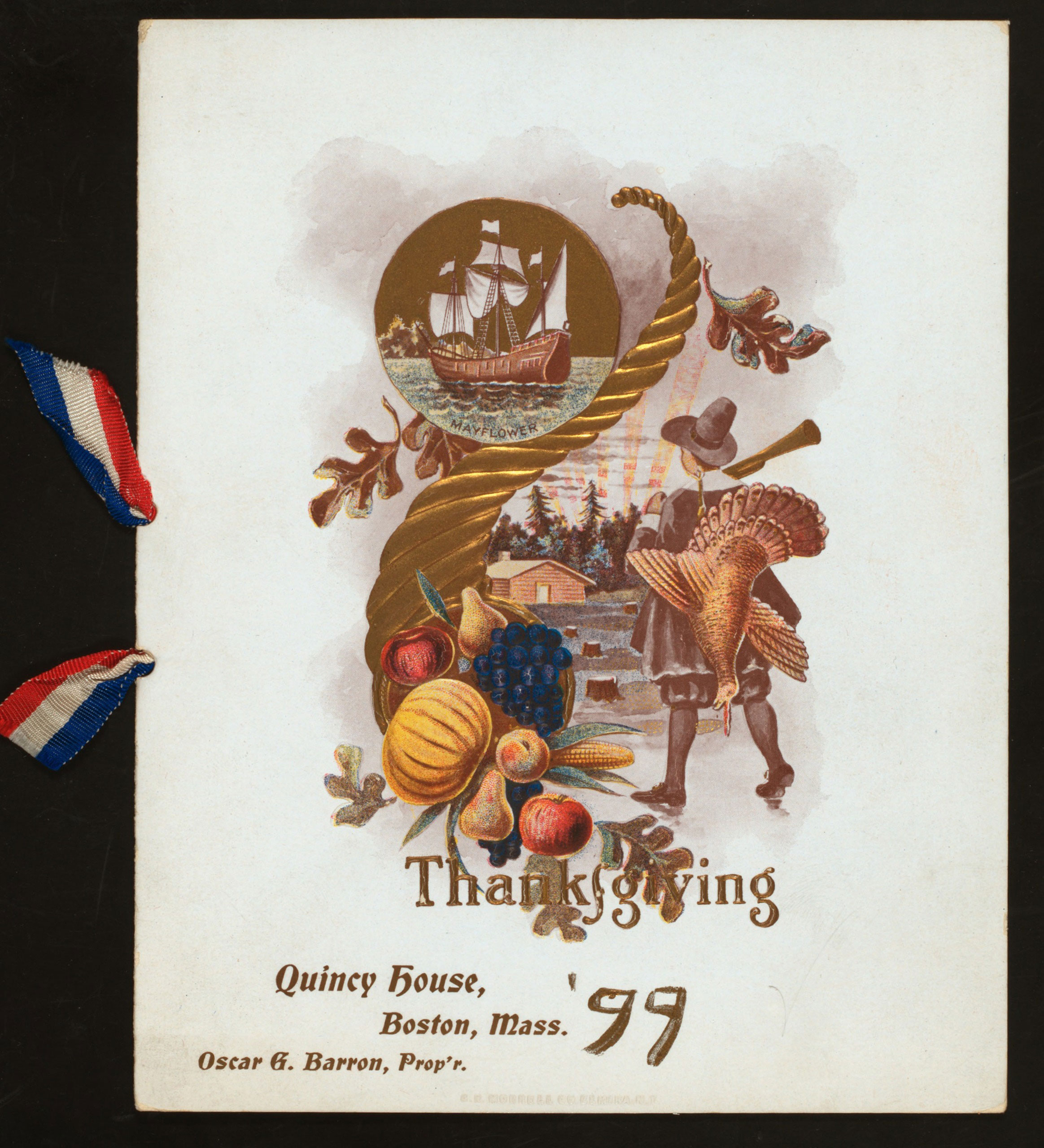
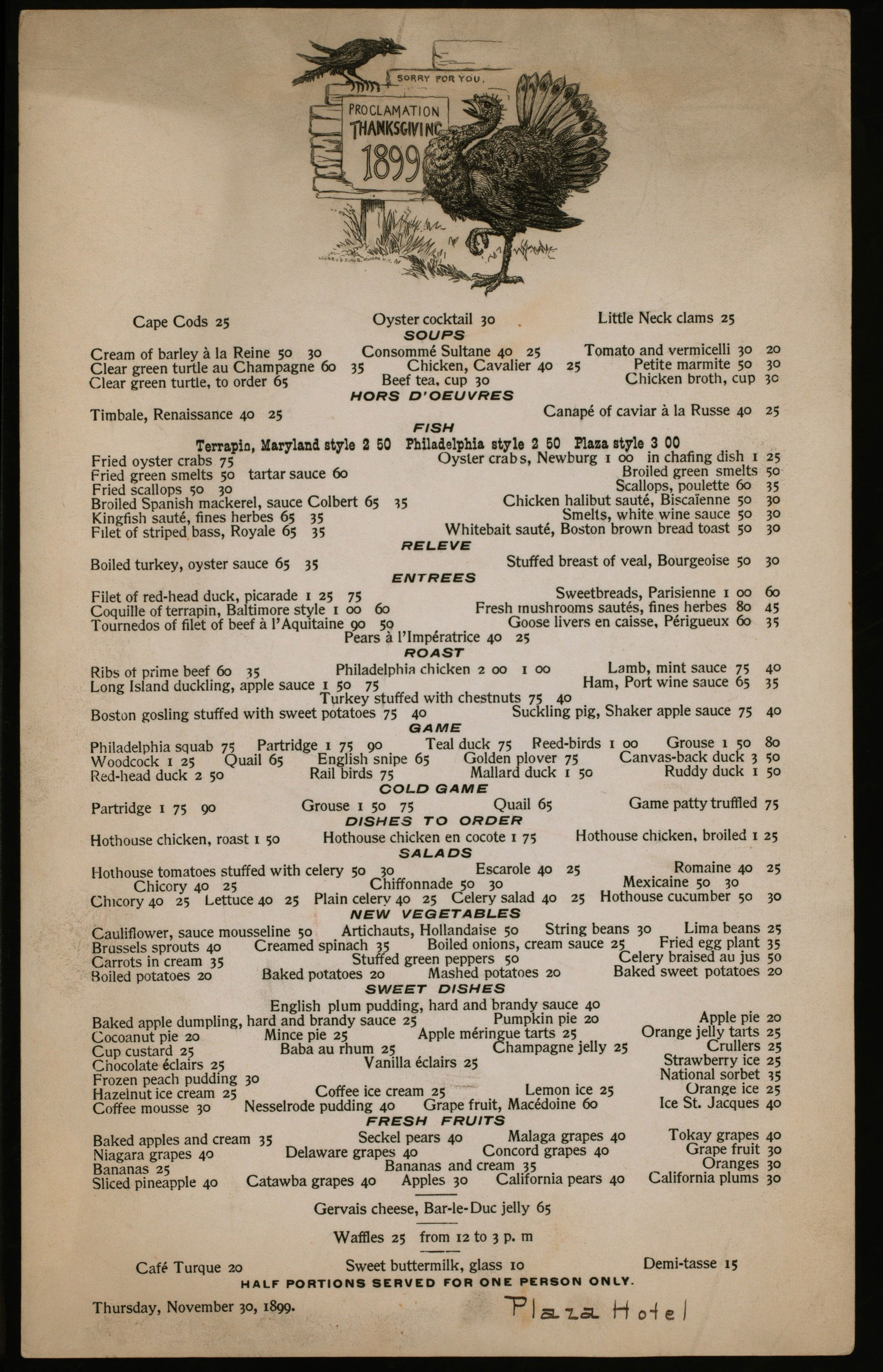
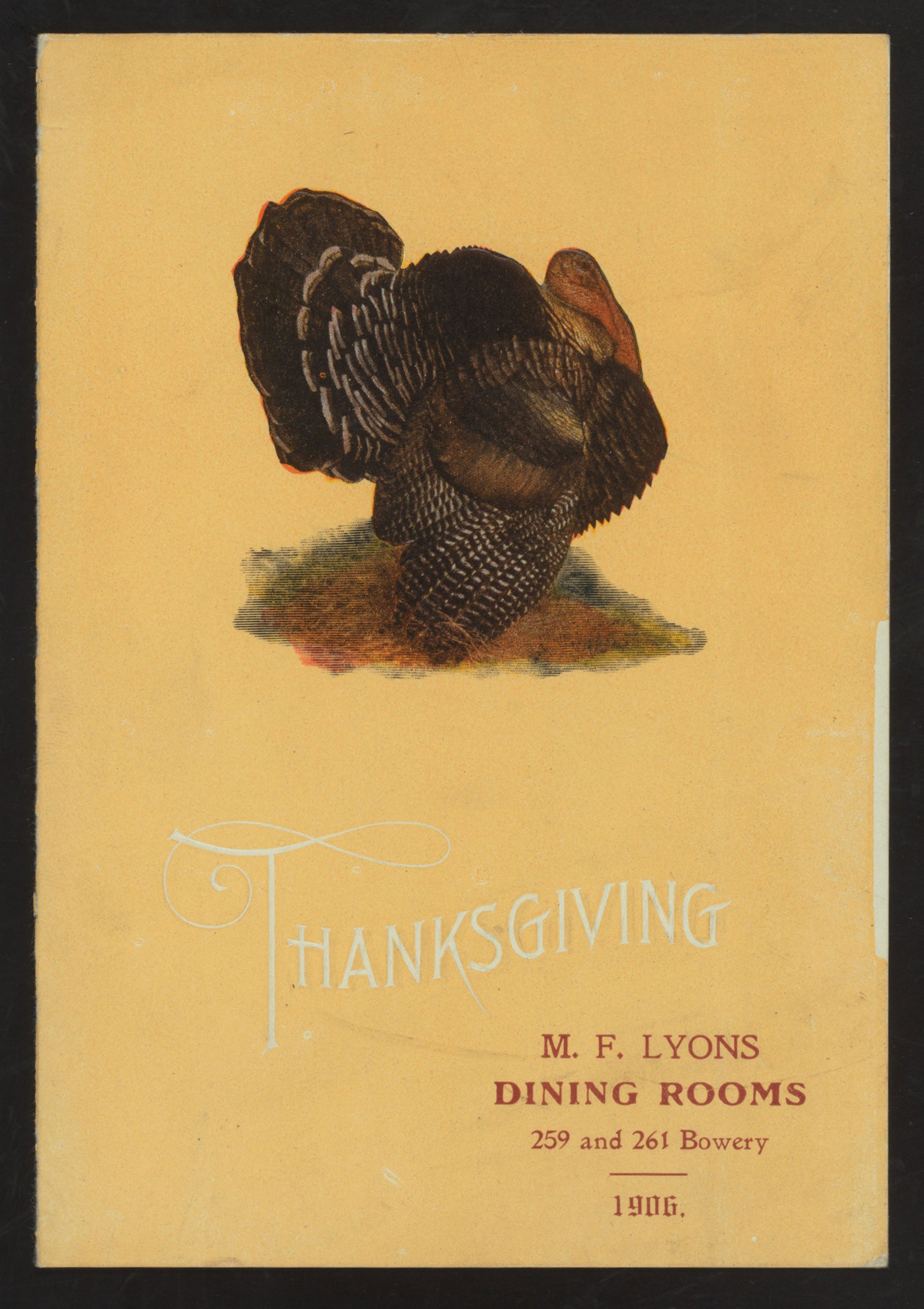
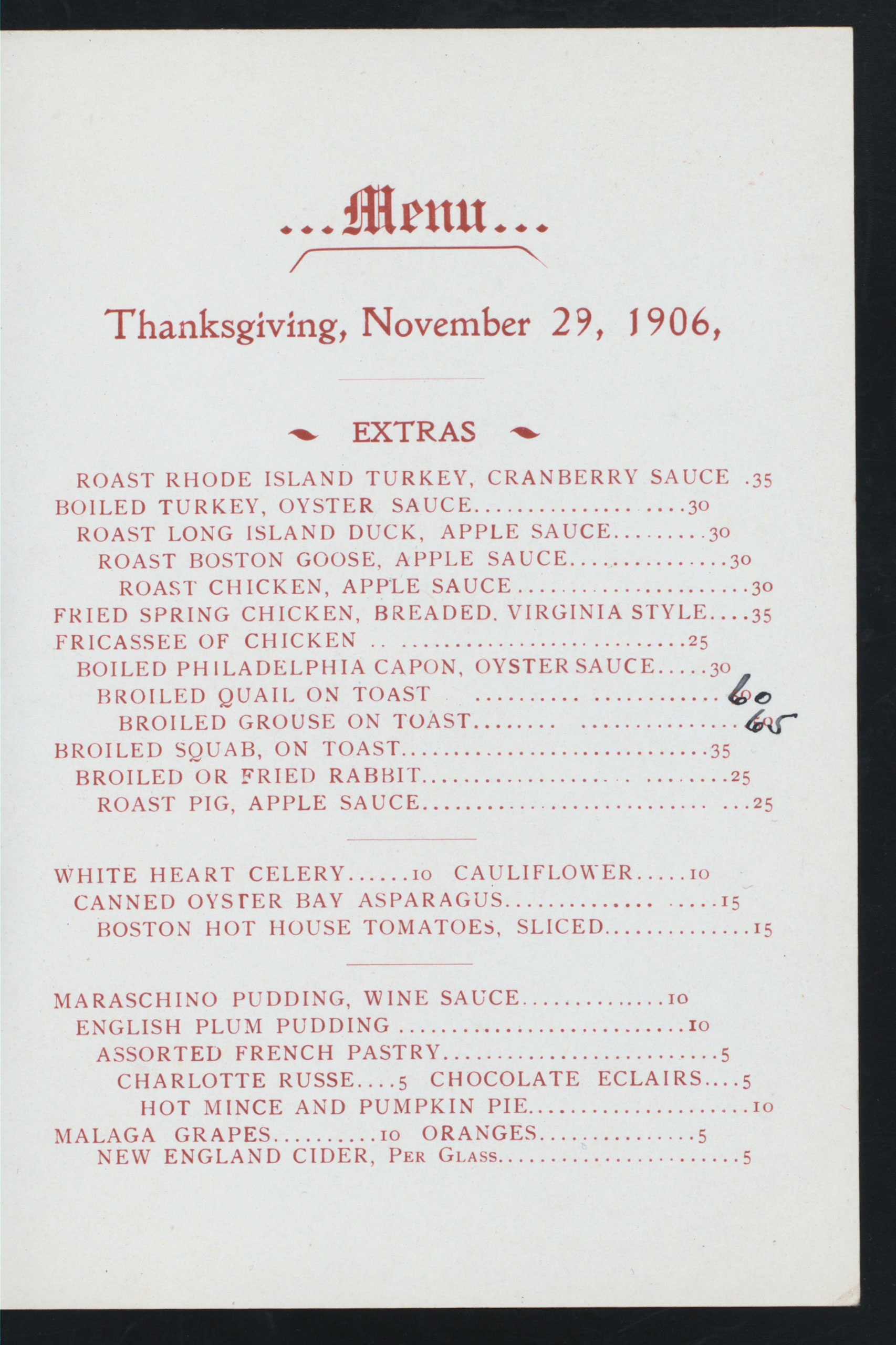
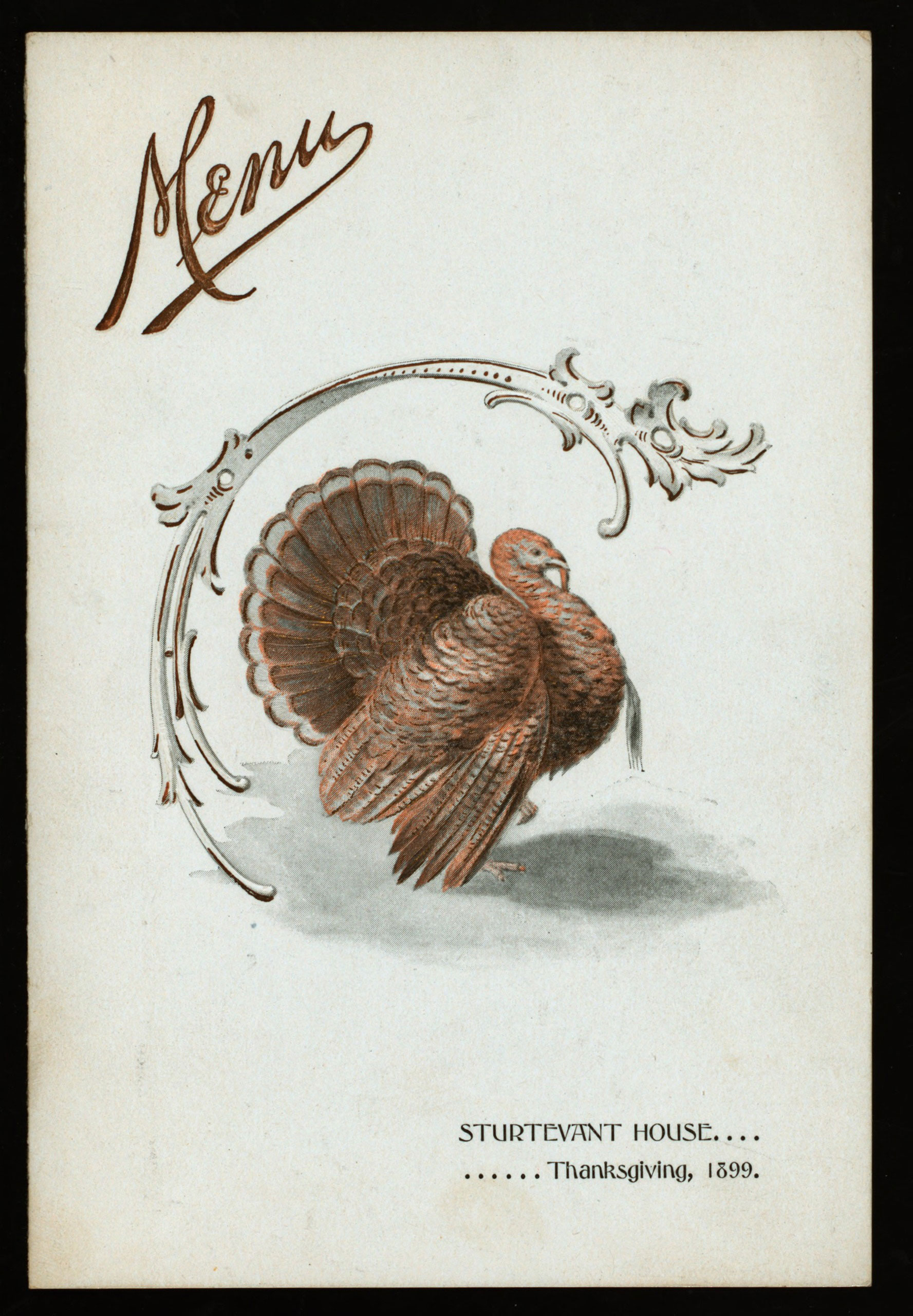
More Must-Reads From TIME
- Dua Lipa Manifested All of This
- Exclusive: Google Workers Revolt Over $1.2 Billion Contract With Israel
- Stop Looking for Your Forever Home
- The Sympathizer Counters 50 Years of Hollywood Vietnam War Narratives
- The Bliss of Seeing the Eclipse From Cleveland
- Hormonal Birth Control Doesn’t Deserve Its Bad Reputation
- The Best TV Shows to Watch on Peacock
- Want Weekly Recs on What to Watch, Read, and More? Sign Up for Worth Your Time
Write to Lily Rothman at lily.rothman@time.com